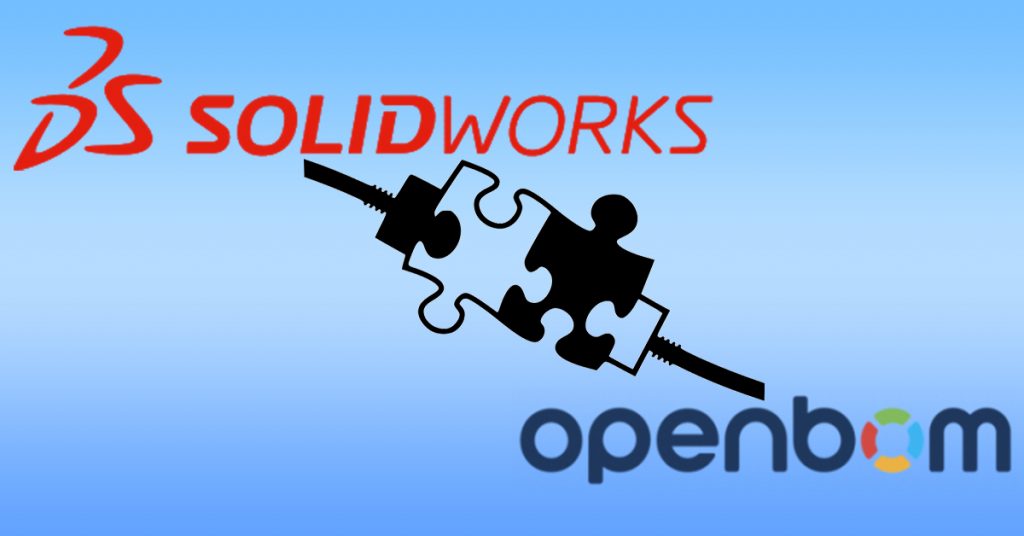
Manufacturing organizations spend too much time managing design processes manually with a combination of inhouse developed template, custom spreadsheets, shared drive, and via email. Product Lifecycle Management (PLM) lets manufacturers easily connect processes, people, and data across the extended enterprise through the design and development of product. PLM implementation within the enterprise is its ability to realize value and other benefits to the business determines how effectively it can help in launching new products and what proportion of its revenue they will deliver. As a result of its possible benefits to reduce innovation lead-times and also to reduce costs, PLM has actually drawn in a great deal of focus at all industrial sectors and also at research and development. Main factor is about CAD (Solidworks) integration with PLM.
Industrial sectors mostly auto sector as well aerospace markets, have long been creating their advanced items utilizing multi-CAD systems (both MCAD and also ECAD), massive amounts of information are generated throughout the design and development process. Design data management (CAD) in a manufacturing enterprise play a vital function in the PLM system, as CAD data drives the product structure (BOM) within the product lifecycle. Cross function team members of NPD/NPI from areas spread out around the world, requires to save and save information to one effective data administration system that includes all company items. What is of excellent relevance in this idea of work is not only the class of the systems themselves, but likewise the technique of managing huge quantities of information generated by these systems in the design procedure.
Cloud based OpenBOM PLM supports a vast array of assimilations with CAD, PDM, PLM and also cloud documents storage space systems.
Solidworks integration with OpenBOM PLM additionally maintain information in sync and also combine modifications between Solidworks design data and also OpenBOM BOM. In addition to sending BOMs, the assimilation has the ability to instantly post 3D CAD submits to connected cloud storage in 3D design along with neutral 3D PDF file and produce illustrations. See an example of how Neel SMARTEC Consulting helped Nandan GSE for maintaining Solidworks CAD data in OpenBOM PLM.
Best Practice of using Solidworks Integration:
- Embedded Solidworks add-in for Assemblies and Parts
- Recommended to creating a template in the first place
- Start with Catalog and proceed to Create BOM
- Create multi-level indented BOM of product structure including hi-rez thumbnail images
- Manage which and how properties from Solidworks are sent to OpenBOM
- Exclude unwanted or empty properties
- Add / Update Part directly to any Catalog
- Bi-Directional exchange of property values. Send data/updates back to SolidWorks
- Embedded 3D Viewer
- Automatic generation of PDFs for Parts, Assemblies and Drawings
- Save SolidWorks models, PDFs and Drawings to cloud storage and put link in BOM
- Collaborate with New product development team instantly
Carrying out PLM can feel like an overwhelming challenge. Success of any kind of PLM implementation in a manufacturing enterprise business relies on end user fostering of PLM functions and training.
About Soildworks:
SOLIDWORKS was developed by MIT graduate Jon Hirschtick as well was gotten by Dassault Solutions in 1997. The software now includes a variety of programs that can be made use of for both 2D and also 3D design. SOLIDWORKS is made use of to establish mechatronics systems from beginning to end. At the preliminary stage, the software program is utilized for preparation, aesthetic ideation, modeling, feasibility assessment, prototyping, and task management. The software is after that made use of for product design layout and also structure of mechanical, electric, and also software elements. Finally, the software program can be made use of for management, including tool administration, analytics, information automation, and cloud solutions. It is commonly made use of by mechanical, electric, as well as electronics engineers to develop a linked design across the production markets. The suite of programs is aimed at keeping all engineers in interaction as well able to reply to develop needs or adjustments.

